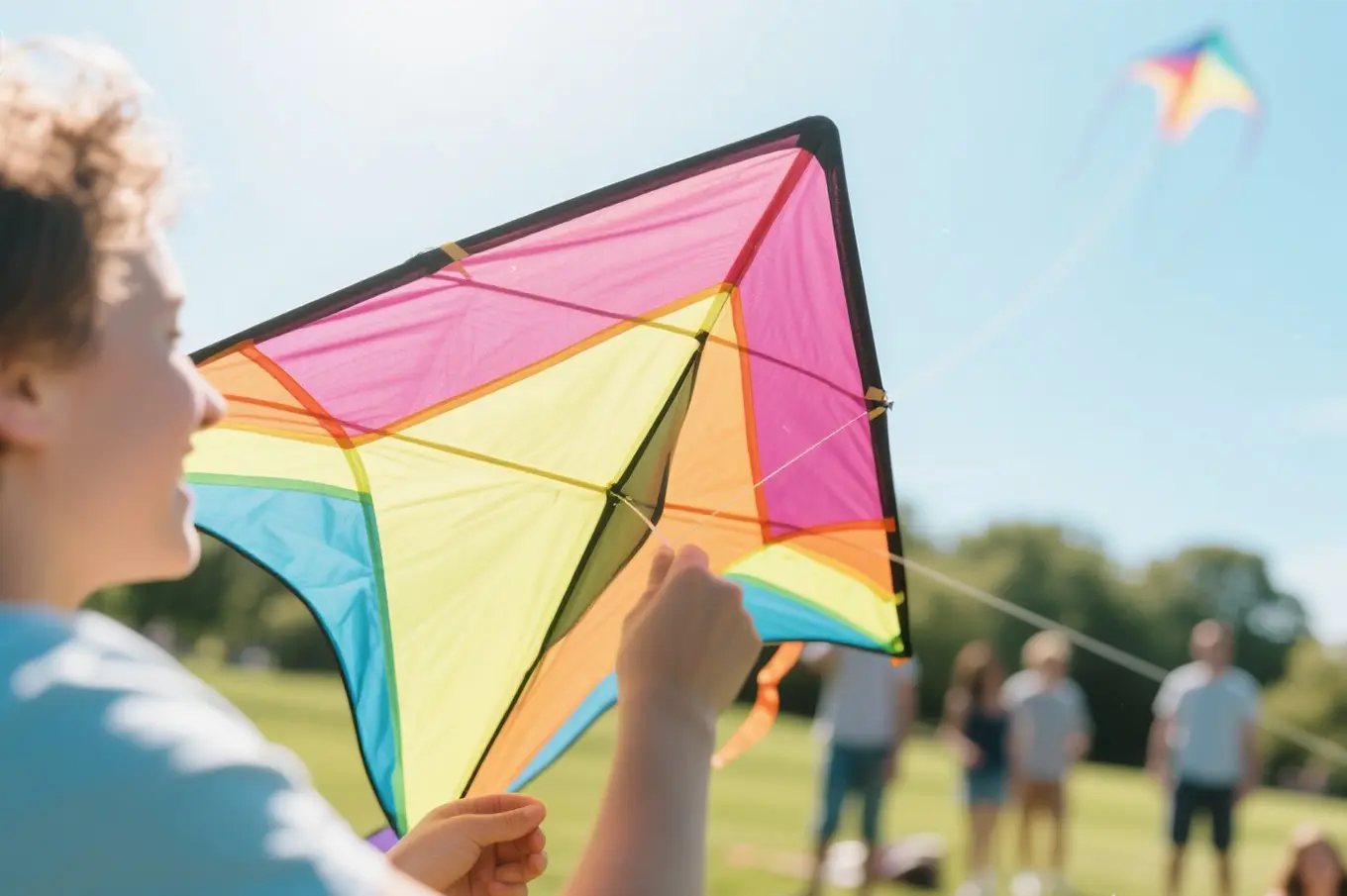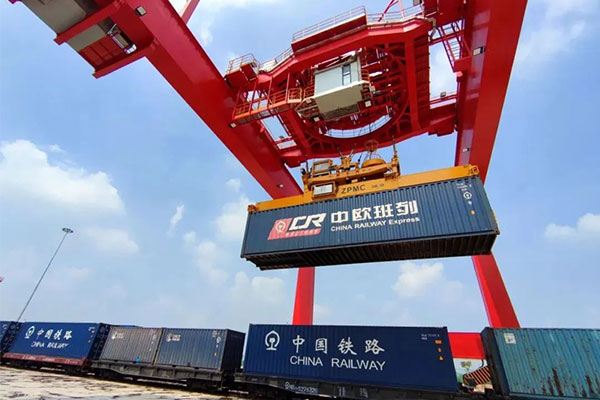- Shanghai Zhongshen International Trade Co., Ltd. - Two decades of trade agency expertise.
- Service Hotline: 139 1787 2118

In todays increasingly frequent global trade, exporting lamps to the Russian market has broad prospects, but at the same time, a series of strict standards need to be met.
I. Safety Standards
Electrical safety
– The electrical insulation of lighting fixtures must meet certain requirements. Russian standards stipulate that the insulation resistance of lighting fixtures should comply with corresponding values to prevent the risk of electric shock to users. For instance, for ordinary household lighting fixtures, their insulation resistance under normal conditions should not be lower than a specified value, and there are corresponding safety indicators for humid environments as well.
- Grounding protection is also a critical point. The conductive parts of the luminaire, such as the metal casing, must have a reliable grounding connection. This requires that the grounding circuit be clearly designed and securely connected during the manufacturing process to ensure that in the event of an electrical fault, the current can be safely directed into the ground, protecting the lives and property of users.
- The shell material of lamps needs to have certain fire - resistant properties. Since lamps may generate heat during use, if the shell material is flammable, it is likely to cause a fire. Russia stipulates that the combustion grade of the lamp shell material must meet the corresponding standards. For example, under a specific fire source test, the burning speed of the shell material cannot be too fast, and it cannot produce excessive toxic smoke.
– The materials used in luminaires must possess certain fire-resistant properties. The flammability rating of the luminaire housing materials must comply with Russian fire safety standards. For instance, luminaires installed in public spaces or near flammable environments should not use combustible materials for their housings. Instead, flame-retardant or fire-resistant materials should be employed to prevent potential fires caused by overheating or other factors during operation.
Lamps generate electromagnetic radiation during operation and also need to be able to resist external electromagnetic interference. In the Russian market, lamps must comply with electromagnetic compatibility (EMC) standards.
Lamps should not generate excessive electromagnetic interference during operation. Russia requires that within the specified frequency range, the electromagnetic radiation intensity of lamps should be controlled within certain limits. This is to ensure that lamps do not interfere with surrounding electronic devices such as radios, televisions, and communication equipment during use.
At the same time, lamps themselves should also have certain electromagnetic interference resistance. In the presence of external electromagnetic interference sources, lamps should be able to work normally without flickering, extinguishing, or other abnormal conditions. For example, in some industrial environments with more electromagnetic interference sources, lamps must be able to resist these interferences and maintain stable lighting functions.
With the increasing emphasis on energy conservation and environmental protection, Russia has also put forward requirements for the energy efficiency of lamps.
Russia has clear requirements for the energy efficiency of lamps. The energy efficiency label of lamps must be accurate, indicating energy - efficiency - related parameters such as luminous efficacy and power factor. For example, for LED lamps, their luminous efficacy must reach a certain value to be allowed to enter the Russian market.
Low - energy - efficiency lamps may be restricted or prohibited from import. This is a measure taken by Russia to promote energy conservation and environmental protection. Lamp manufacturers need to continuously improve the energy efficiency of lamps, adopt advanced lighting technologies such as high - efficiency LED chips and optimized optical design to meet Russias energy - efficiency standards.
IV. Product Labeling and Packaging Standards
Product Labeling
– The luminaire must clearly display the product's basic information, including the manufacturer's name, model number, rated voltage, rated power, light source type, etc. These markings should be in Russian or simultaneously in Russian and other internationally common languages (such as English), so that Russian consumers can clearly understand the luminaire's performance and usage requirements.
– For special-purpose luminaires, such as explosion-proof luminaires, waterproof luminaires, etc., corresponding special markings must also be indicated, such as explosion-proof rating, waterproof rating, etc.
Packaging Standards
- The packaging of the lighting fixtures must protect them from damage during transportation. The packaging materials should comply with Russia's environmental requirements, and no harmful packaging materials should be used. Additionally, the packaging should display relevant product information, such as weight, dimensions, and fragile labels, and should be designed according to Russia's logistics and warehousing requirements to facilitate handling and storage.
To successfully export lamps to Russia, enterprises must deeply understand and strictly abide by these standards. This not only helps to smoothly enter the Russian market, but also improves the competitiveness of products in the Russian market and builds a good brand image.
Related Recommendations
? 2025. All Rights Reserved. Shanghai ICP No. 2023007705-2  PSB Record: Shanghai No.31011502009912
PSB Record: Shanghai No.31011502009912










